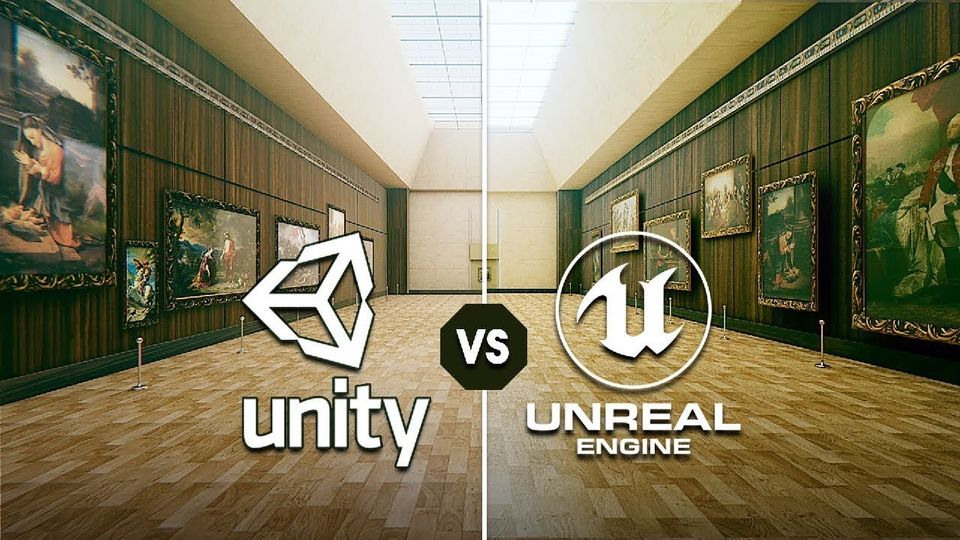Top 5 Misconceptions About Real-Time Rendering That Need To be Cleared in 2024
Real-time rendering is complex and costly are two of the common myths. Find out what are other myths around real-time rendering that enterprises need to break in 2024.
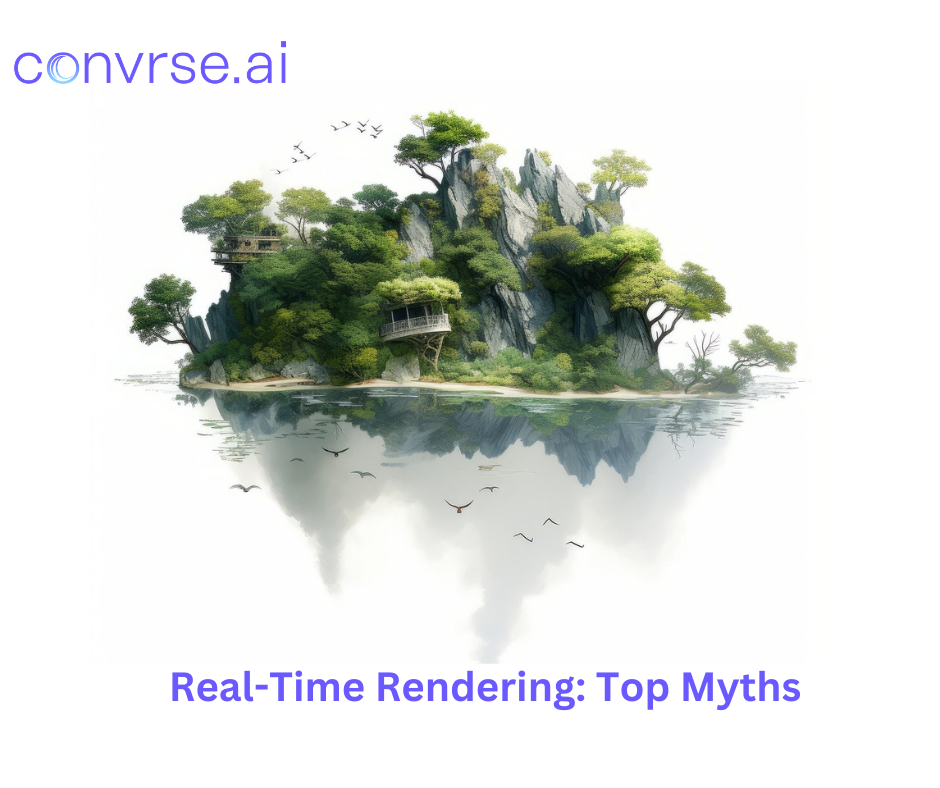
The 3D industry originated in the 1970s, got popularized in the 1990s, and is being heavily disrupted in the 2020s with real-time rendering. Most enterprises recognize the great potential of the real-time rendering technology - faster turnaround time, great interactivity and collaboration. Yet, it is often difficult to bring stakeholders across the board together to invest in this revolutionary tech. Internal concerns about effectiveness, current shortcomings and steep learning curve (perceived or otherwise) and long-term value often are the causes as with any new technology. But in 2024, enterprises need to urgently look at the long-time benefits and address these concerns to stay competitive and to build for the future.
Reality: It is easy to believe this misconception as most enterprises starting off with real-time rendering usually go for the hybrid approach where client presentations and customer-facing interactions use real-time rendering whereas final high-resolution visuals still come from offline rendering.
In reality, the benefits of real-time rendering extend far beyond customer engagement. The technology streamlines workflows, saves time on iterations, and enables faster decision making, boosting collaboration and overall productivity.
Interactive prototypes and shared virtual spaces optimize product development and immersive simulations help training and development. It also helps attract investments in a future project by making visualization simpler, more immersive and impactful.
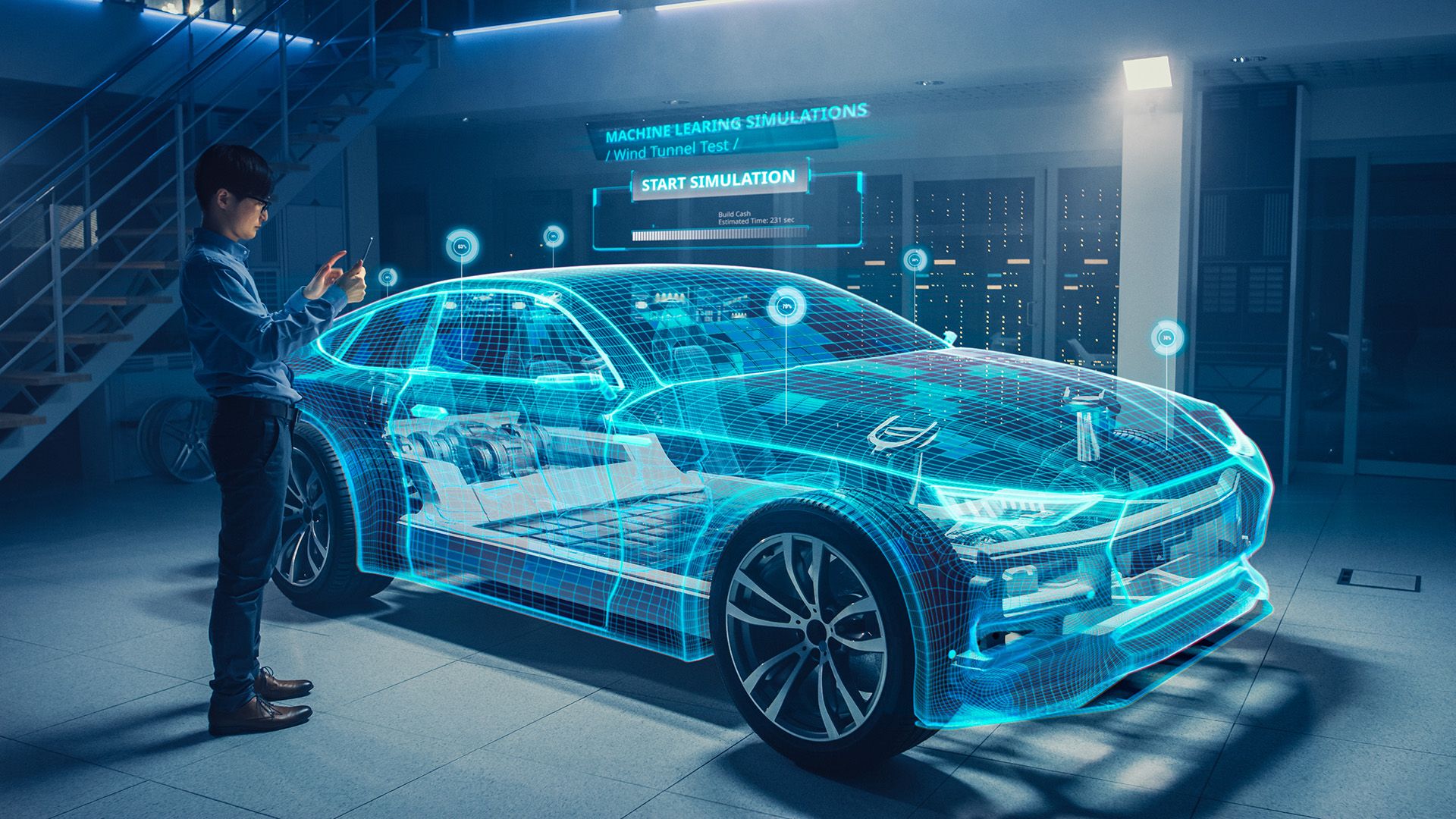
Reality: Real-time rendering is bringing the much-needed competitive advantage to organizations across manufacturing, construction, architecture, healthcare, XR technology and many other industries.
Enterprises like Ford, Hyundai, BMW (automobile) Boeing (aerospace), Nike, Unilever (consumer goods), Siemens and Mitsubishi (industrial machinery) have successfully deployed real-time rendering across use cases like digital twins, simulations, maintenance and repair, visualization, product design and iteration, customer engagement and many more.
Many of these enterprises are also leveraging their legacy data to build digital twins with a deeper historical context, streamline training and knowledge transfer and to inspire true innovation. This legacy data is also becoming their edge in the world of virtual reality and immersive tech where they can engage younger generations more immersively, and build better brand awareness in novel ways.
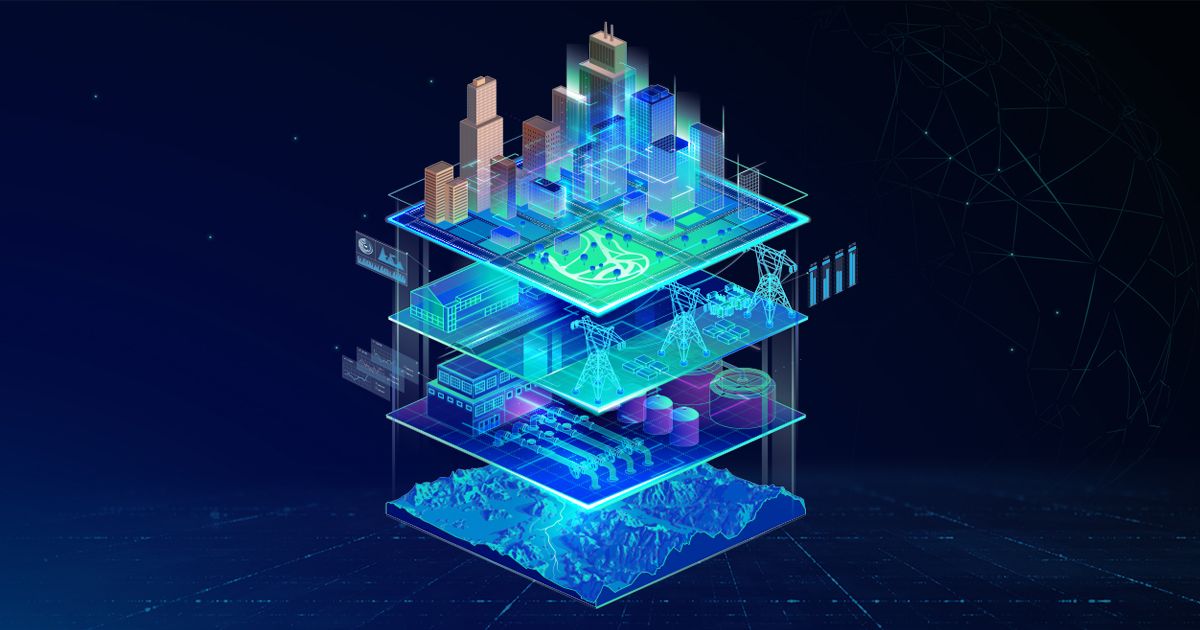
Reality: Real-time rendering does involve new technology and tools, but it doesn't necessitate a complete overhaul of existing skill sets. Neither is real-time rendering some magical potion that does everything on its own.
The difference lies in where the actual effort of a 3D artist goes. For example, in real-time rendering, especially of CAD files, much of the effort goes into cleaning and rebuilding UVs, normals, overlapping faces, unwelded vertices etc. But the processing is real-time, hence, much faster on 3D engines whereas for standard rendering basic materials and lighting edits could yield a decent render but processing will be much slower.
A decent 3D artist should be able to make an easy transition to real-time rendering by watching platform-specific tutorials, engaging in the communities, learning best practices etc. Blender, Unity, Unreal engine all have buzzing creator communities. Even for preparation work for real-time rendering platforms, 3D content optimization platforms can be used to minimize the effort to seconds.
Once they understand why such a transition is essential for their future, it’s just a matter of intuitively applying their skills to real-time platforms.
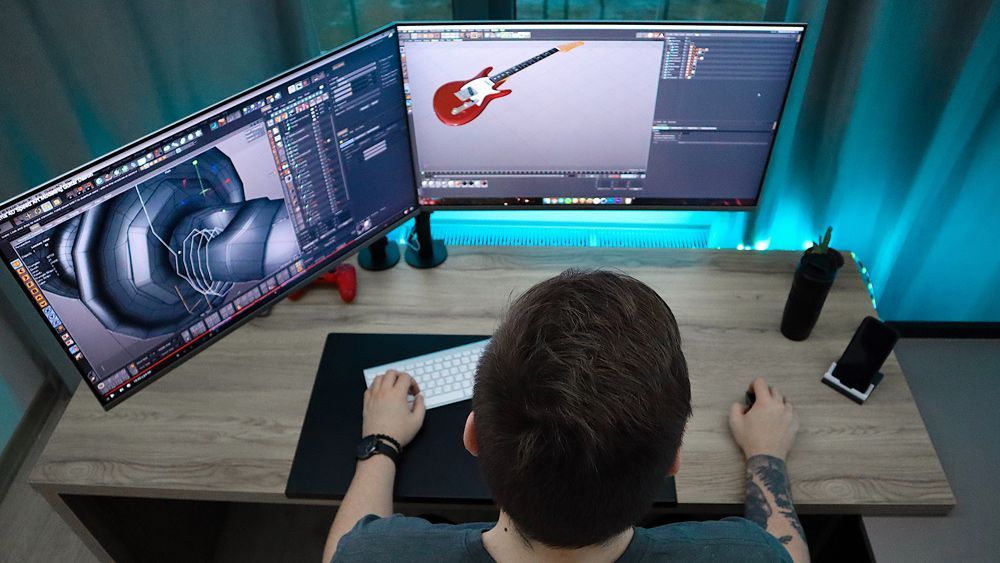
Reality: Real-time rendering has been traditionally expensive due to steep hardware costs, more specifically GPU and CPU costs. But the recent spurt of cloud-based rendering tools is changing this. There are plenty of free and open-source, real-time rendering engines (like Unity and Unreal) available these days that come with several-tiered, flexible payment plans for enterprises of all scales and sizes. The hardware costs are also showing a decreasing trend with players like AMD meeting NVIDIA in the competitive price market.
Enterprises can also explore 3D content optimizers like Convrse.pro that are cloud-based, come with AI-powered algorithms and churn out high-quality 3D content fit in real-time for deployment across AR/VR/Metaverse platforms. These new players often offer extremely economical pricing options, and free access to early adopters. Moreover, since they are intuitive and simple to use, there is hardly any training costs involved.
Real-time rendering saves money in the longer run by eliminating costs associated with physical prototyping and materials by building a sustainable brand, yielding greater ROI.

Reality: Most real-time rendering engines use security measures like data encryption both in transit and at rest, offer granular access controls and audit logs to track every action and modification within your project, providing complete transparency and accountability.
Most of these platforms are also supported by trusted cloud service providers like Amazon Web Services (AWS) and Microsoft Azure that comply with international data protection and data privacy standards. Moreover, tons of enterprises known have successfully migrated to real-time rendering engines without any security failures.

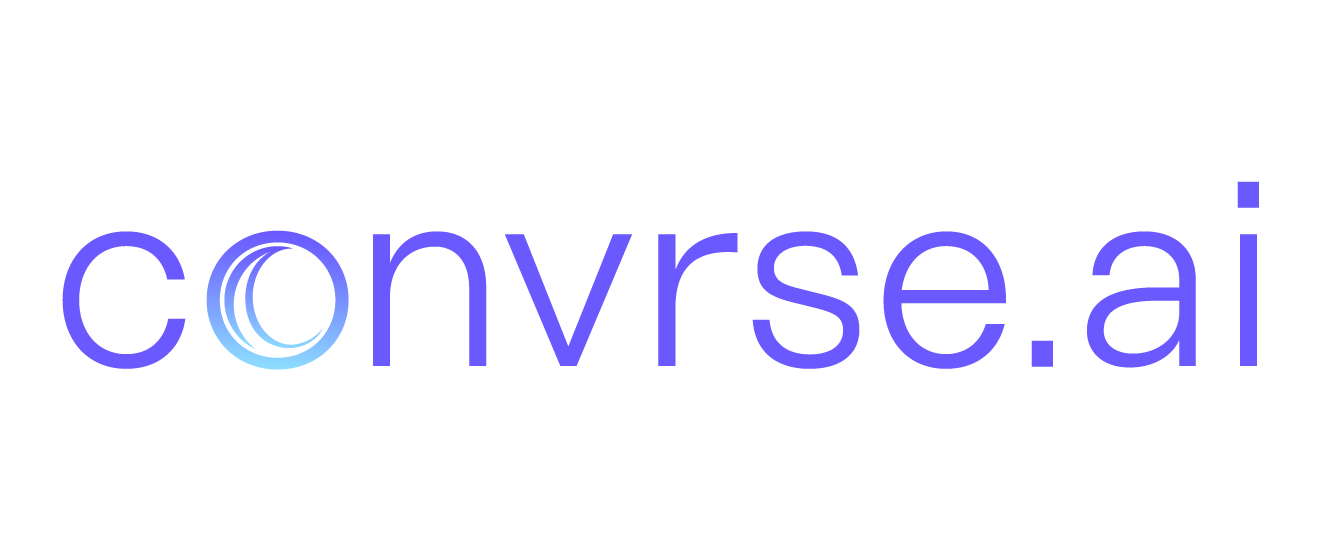
The smartest 3D model optimizer
The smartest 3D model and scene optimizer to help transition to real-time rendering and real-time 3D.
Read Next:






